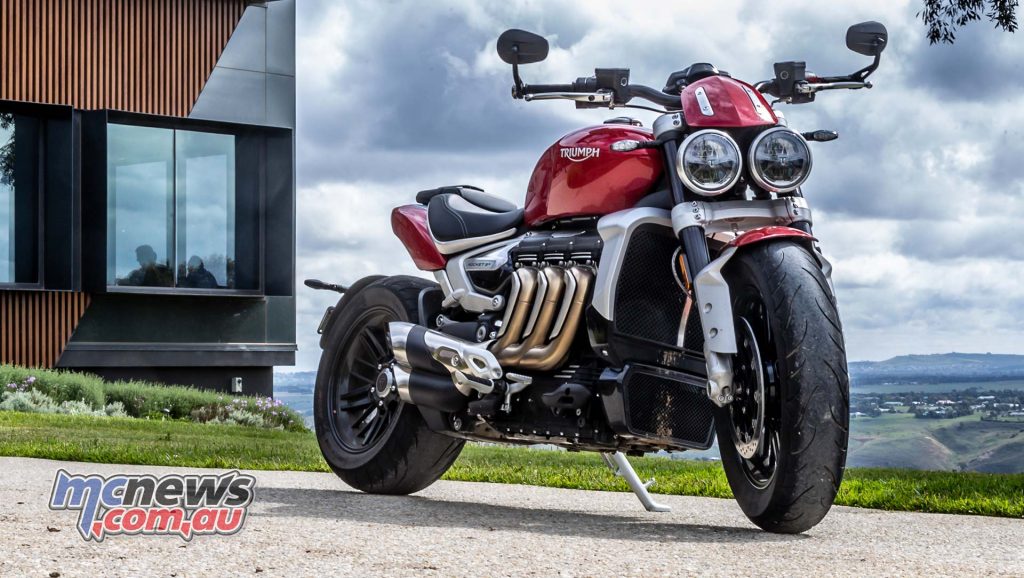Triumph Motorcycles History
By Trevor Hedge
It is fair to say the Triumph brand has a chequered history with a rollercoaster of success marred by some financial failures along the way.
As is common amongst European manufacturers Triumph’s origins sprung from the bicycle industry where the company started operating in from 1885 as ‘Bettmann’ before the name was changed to ‘Triumph’ in 1886.
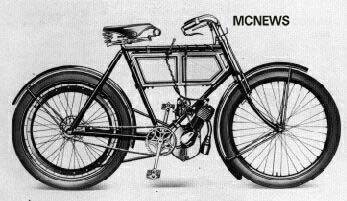
While Triumph’s image is as British as black pudding and mushy peas, the brand was actually started by a German.
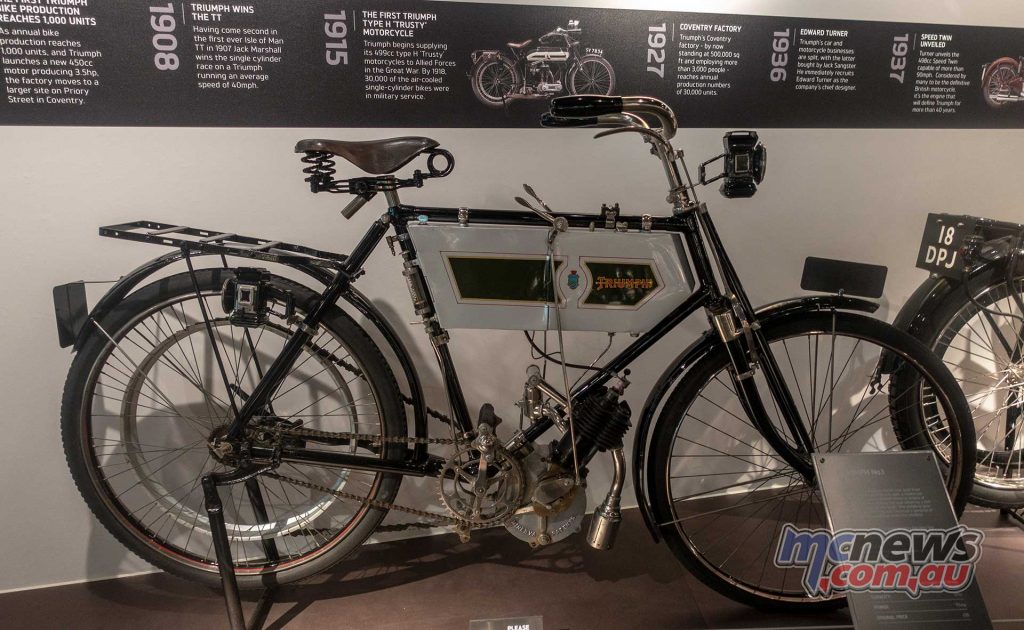
Siegfried Bettmann started an import and export business in London in the late nineteenth century, rebranding products under his own brand, Triumph. He had immigrated from Nuremburg in 1884 and along with another German immigrant Mauritz Schulte moved into their own premises in Coventry in 1888. The first model in 1902 used a Belgian sourced 2.5 horsepower Minerva engine but Schulte, an engineer, designed and built the first Triumph engine in 1905 and by 1907 Triumph Motorcycles were selling in their thousands. That first engine displaced 363 cc and was enlarged to 453 cc in 1907 and 550 cc seven years later.
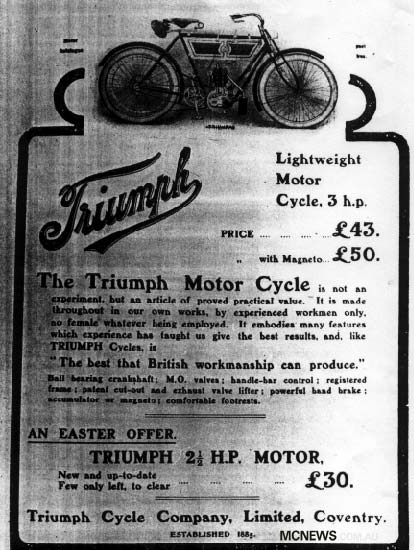
Triumph Motorcycles had already been established for five years by the time the inaugural races were run on the Isle of Man in 1907 and for many years the histories of the two motorcycling institutions were inseparably intertwined. The British manufacturer has a long and illustrious record at the TT. At that very first meeting, over a century ago, Triumph marked itself as a top class racing marque when Jack Marshall and Frank Hulbert brought their single-cylinder machines home in second and third place.
In 1908 Marshall rode his three-and-a-half horsepower, single-speed machine to first place and overall honours as well as posting the fastest lap (42.48 mph), despite having to pull over to replace an exhaust valve. Of the ten single-cylinder bikes that finished the race that year, six were Triumphs.
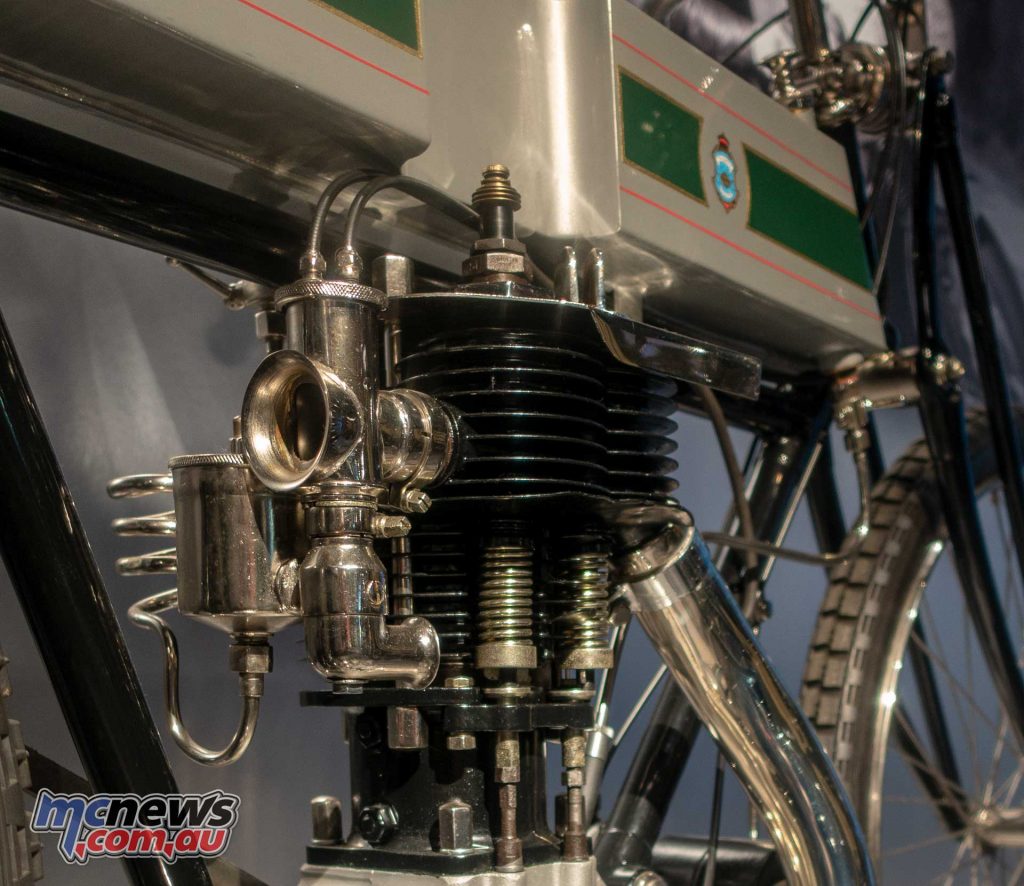
This emphatic result signalled the start of a period during which Triumphs remained the dominant single-cylinder machines on the Island.
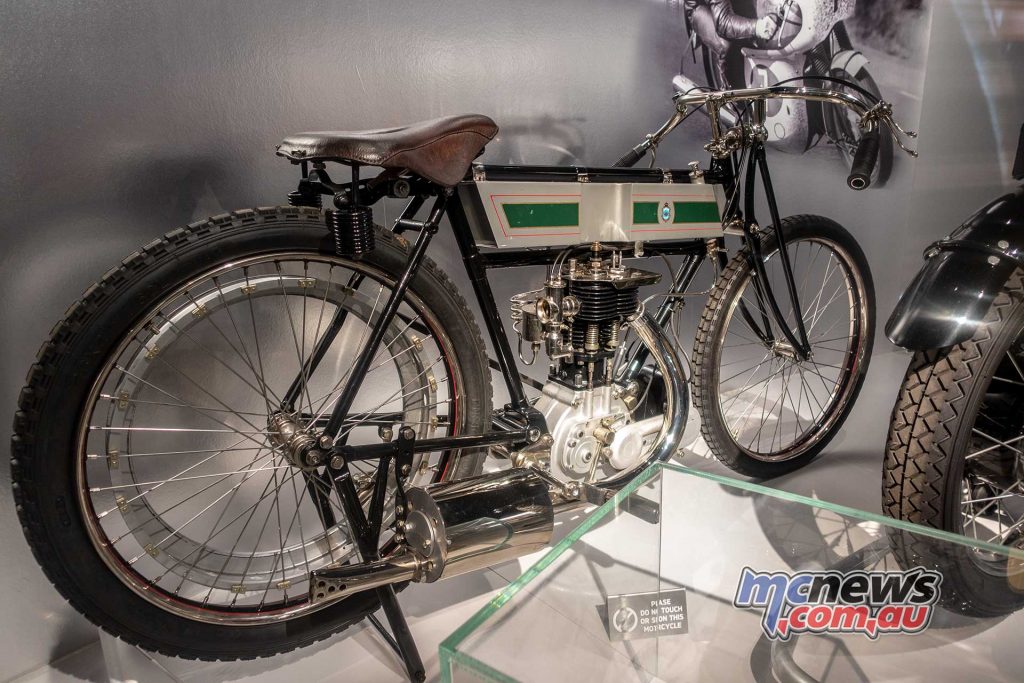
As is the way in racing, there followed a period of readjustment, development, bizarre restrictions and rule changes during which Triumph remained a prominent force at the TT through factory efforts and hundreds of faithful privateers.
Somewhat surprisingly, considering Bettmann’s German origins, the Triumph brand became a major supplier for the British war effort in World War One supplying more than 30,000 Model H motorcycle during the war.
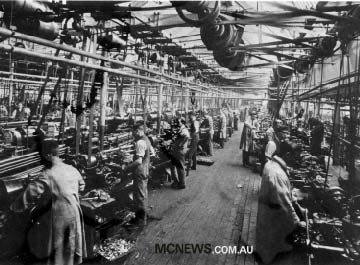
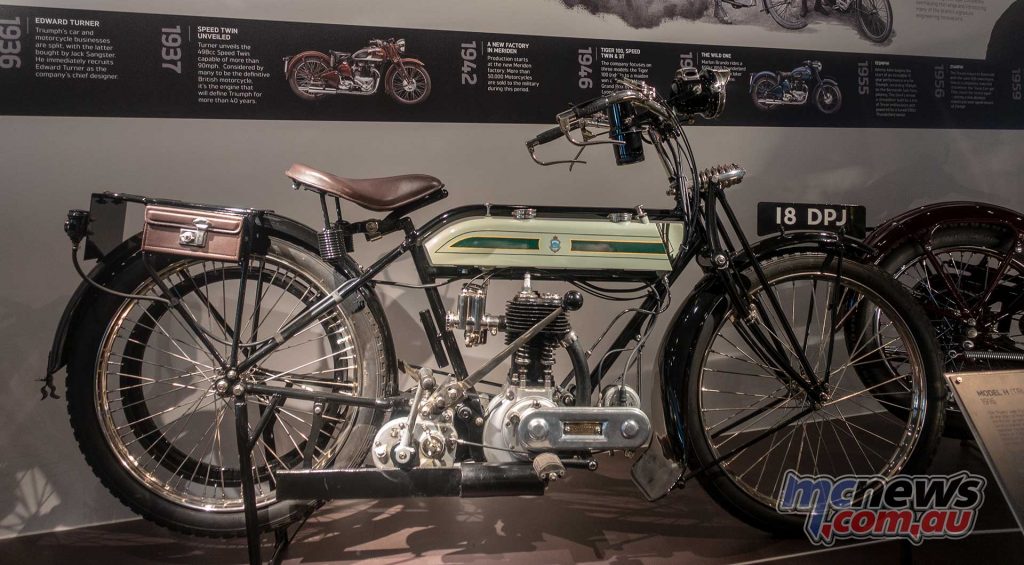
The ‘Cycle’ was dropped as a suffix to the Triumph brand name in 1934 as the company entered the car industry. Two years later the company was split into separate car and motorcycle divisions. Again, it was called upon to support the war effort and much of their manufacturing capacity switched to the production of military equipment. Too often however production was interrupted by the infamous blitz of Coventry bombings but the industrious Triumph workforce battled against all odds to pump out 50,000 motorcycles during the course of the war.
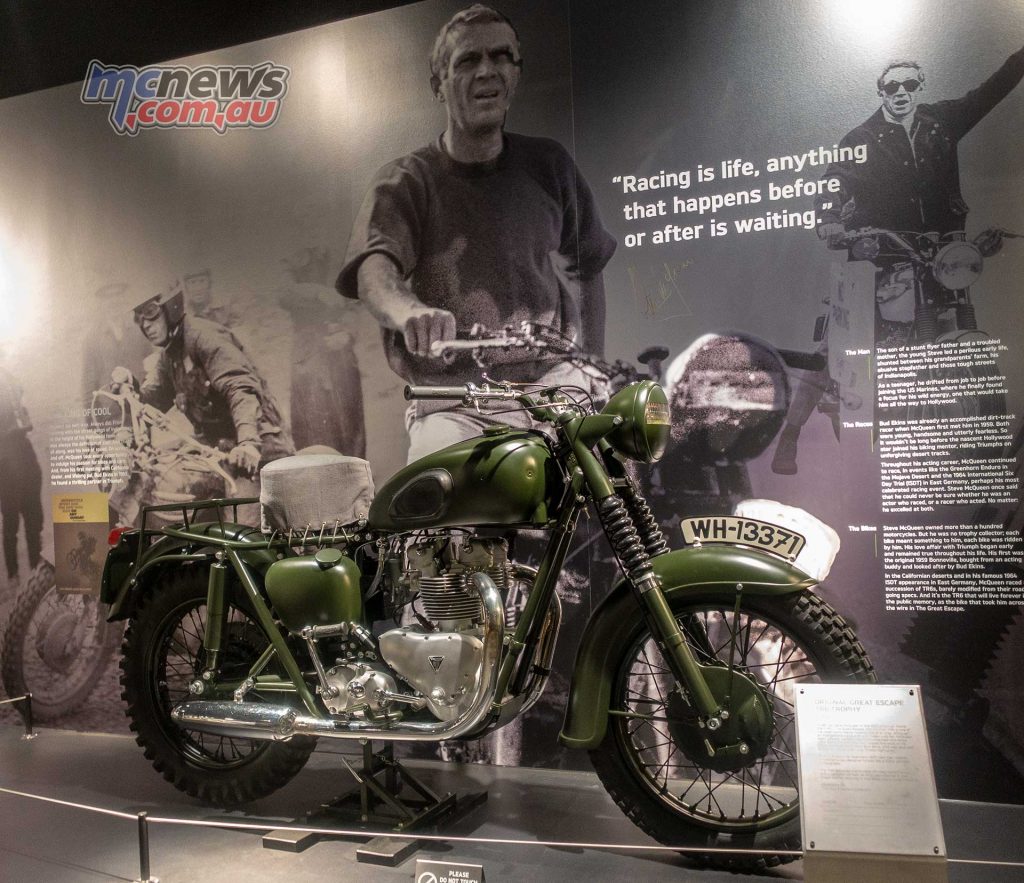
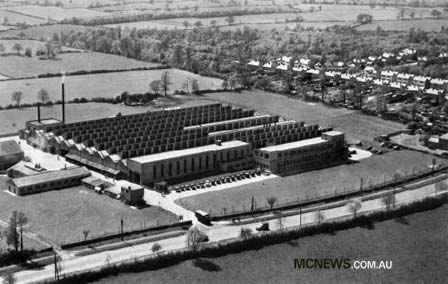
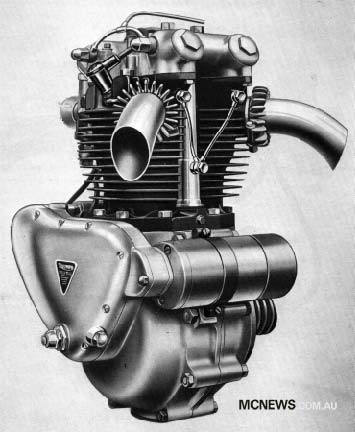
The outbreak of World War II in 1939 effectively put a stop to racing activities when riders and factory employees (who were often one and the same) signed up to fight for their country. However, the post-war period signalled a resurgence of Triumph’s racing fortunes.
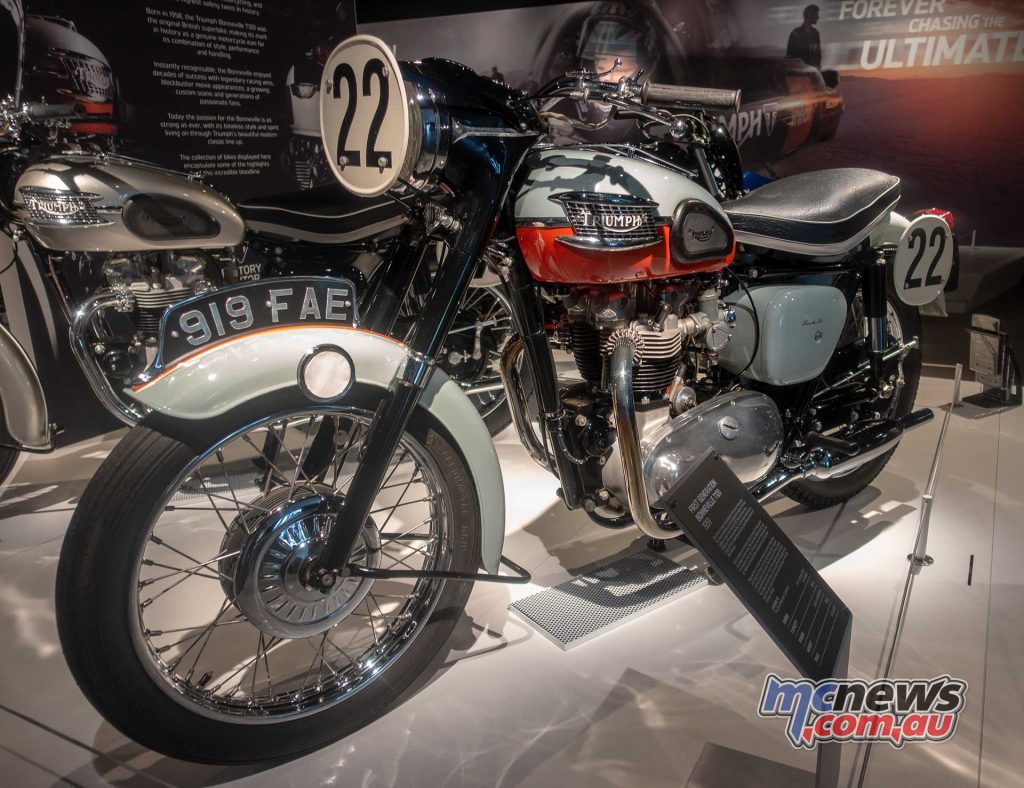
In 1949 the TT became the first event on the world championship calendar and Triumph was well represented with 15 GP bikes lining up on the Manx grid.
New Zealander Sid Jensen scored an impressive result with fifth place in the 1949 TT that marked the first ever Grand Prix Motorcycle World Championship event but the Clubmans TT was where machines such as the Tiger 70 and 100 would shine by achieving numerous victories.
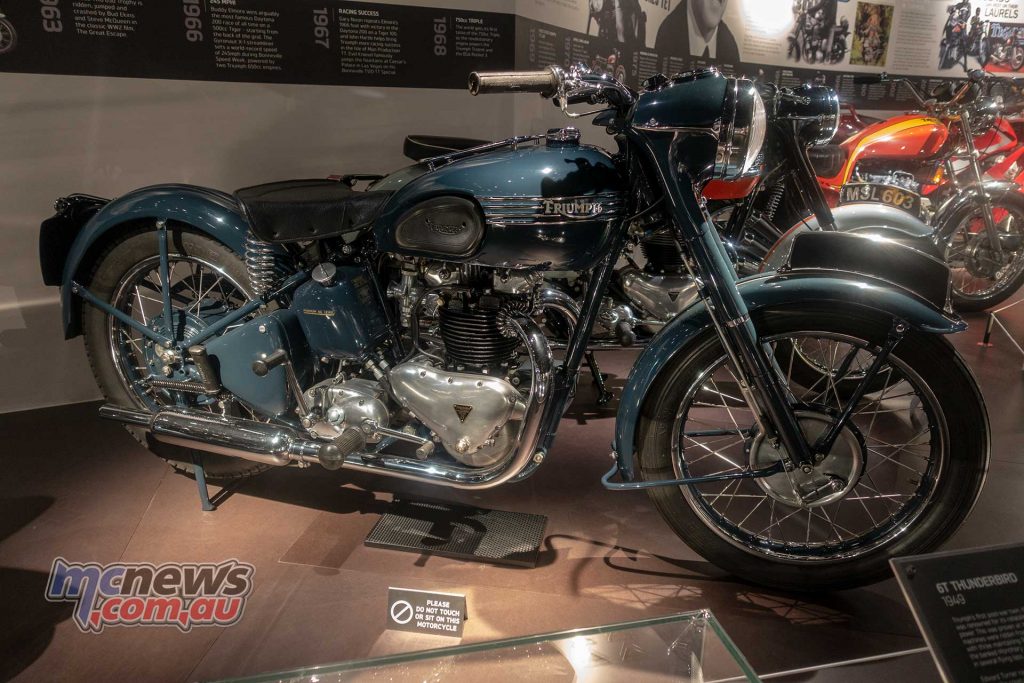
BSA bought out Triumph in 1951 and helped the company towards its greatest success stories, and its biggest failure. The biggest success came with the launch of the Bonneville in 1959. During the 1960s the Bonneville name grew to become one of the most heralded in motorcycle history with amazing success in both the marketplace and the racetrack.
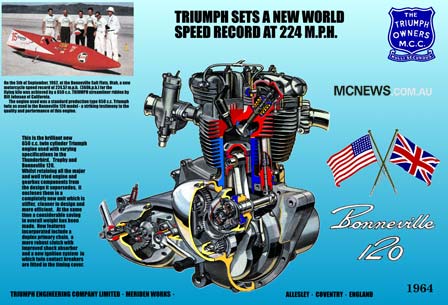
The re-introduction of the Production TT in 1967 brought overall victory for John Hartle on his Bonneville and three years later Triumph scored a landmark in TT history when Malcolm Uphill averaged 100mph around the Mountain Course.
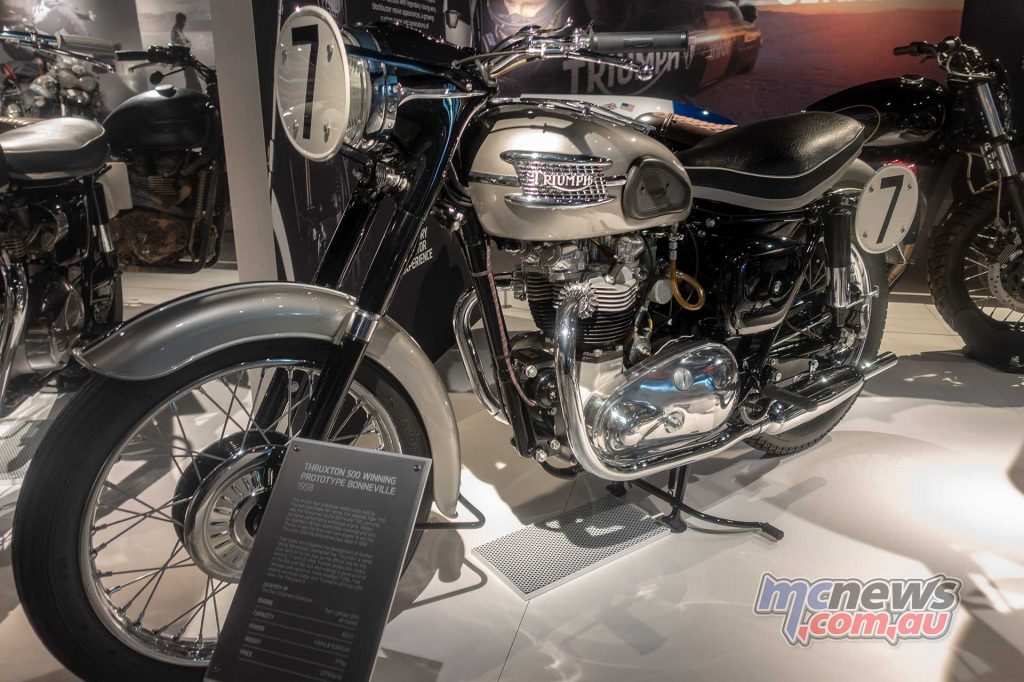
Uphill’s 1970 performance was special, primarily because it was the first time that a production machine had ever hit the magical three-figure mark. This was made all the more impressive because it was achieved from a standing start. The victory was a matter of British pride at a time when British industry was struggling through recession.
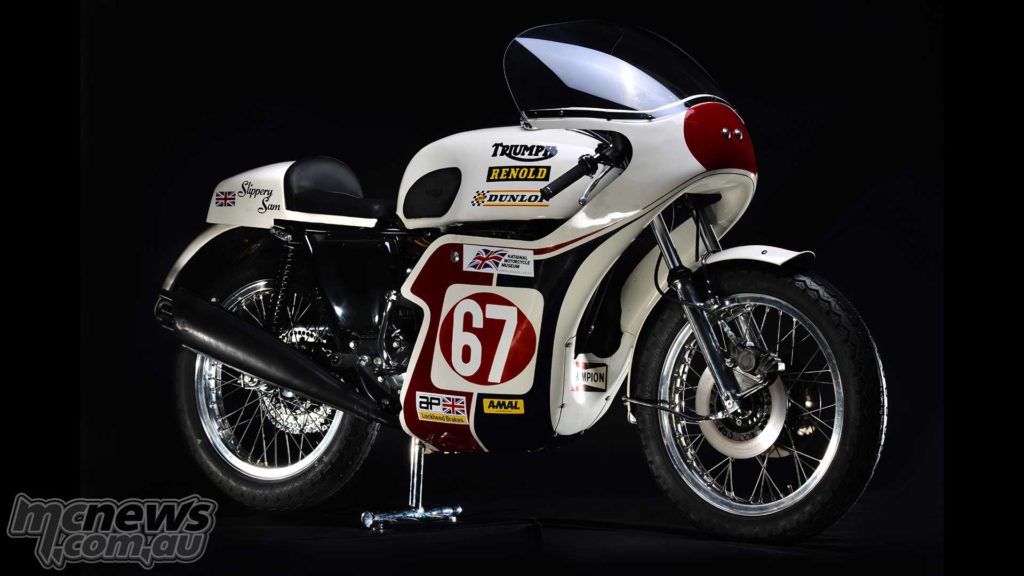
The following year Tony Jefferies won the Formula 750TT on a triple, but 1971 will be remembered primarily for the birth of a true British racing legend. A Triumph Trident nicknamed Slippery Sam slithered its way into motorcycling folklore when it gave successive wins to Ray Pickrell in 1971 and ’72 and then carried Jefferies, Mick Grant (against 1000cc machinery and riding with a broken wrist) and Dave Croxford/Alex George to victory at the subsequent three TTs.
The heat of competition from the emerging Japanese brands however sent the company into perilous waters. A range of mergers and financial arrangements throughout the 1970s managed to keep the company afloat aided by millions of pounds from British taxpayers. The British Government wrote off the debt in the early 1980s to help keep the company afloat but it could not be saved and production ceased in 1983.
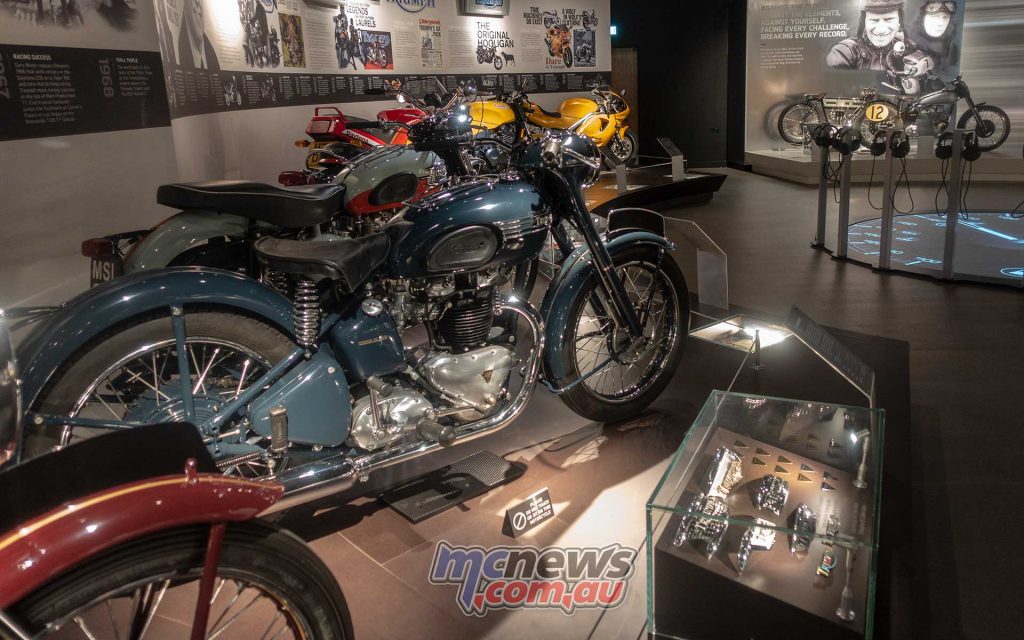
Property developer John Bloor then bought the liquidated company more as a real estate investment rather than a way into the motorcycle industry. The Triumph factory was demolished and in its place a housing estate built. The Triumph motorcycle brand was allowed to continue in small numbers through Bloor licensing the use of the name to Les Harris but in essence Triumph was no more.
That was until 1990. The real estate developer turned motorcycle entrepreneur invested heavily in a new manufacturing facility in Hinckley which led to the modern day Triumph brand we now know.
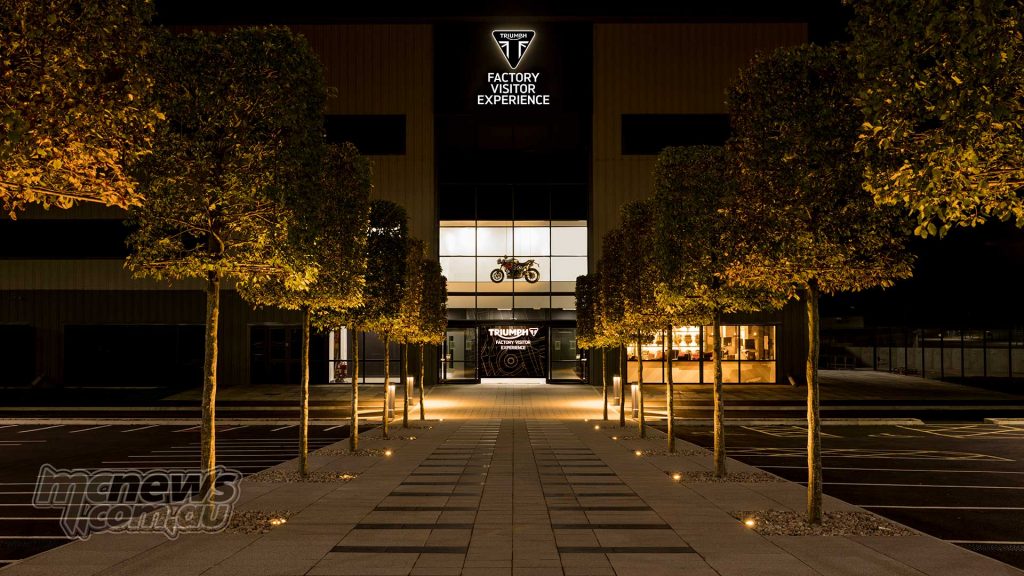
1995 saw the company expand once again into the all important North American market.
By 1997 the company was was well represented in every major international market and by 2000 was returning a profit on Bloor’s rumoured 100 million pound investment in the brand.
Triumph again were triumphant at the TT in the new Hinckley generation with Bruce Anstey winning the Supersport TT in 2003, Gary Johnson took a victory on the Daytona 675 in 2014 and Peter Hickman won the most recent Supersport TT on a Triumph.
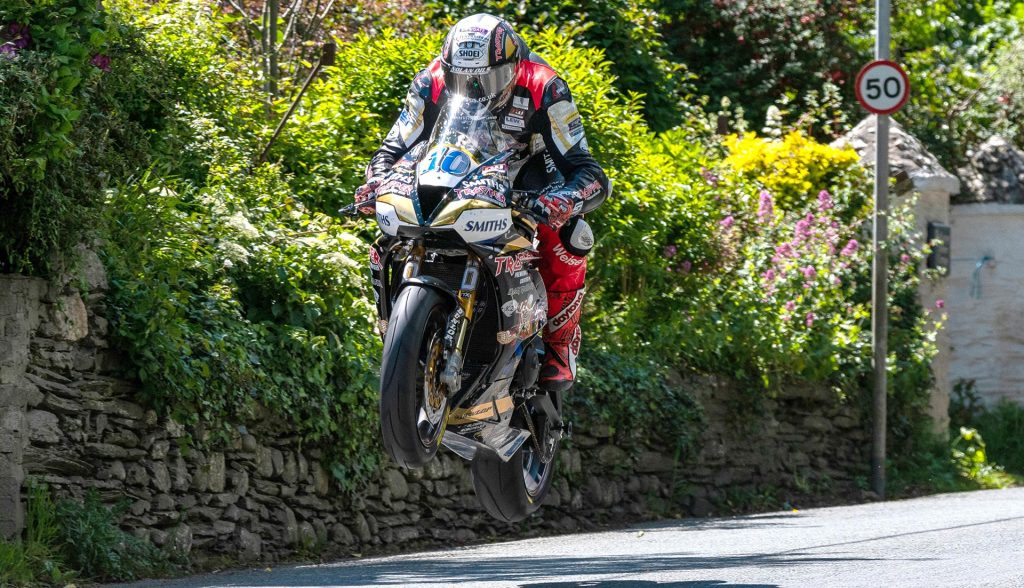
A major fire hit the main factory in February 2002 and it took the company more than six months to recover and get fully back into production. The following year Triumph opened a new plant in Thailand and again in 2006 opened further facilities in Thailand and built an engine plant in South-East Asia before partnering with Indian powerhouse Baja Auto in 2017.
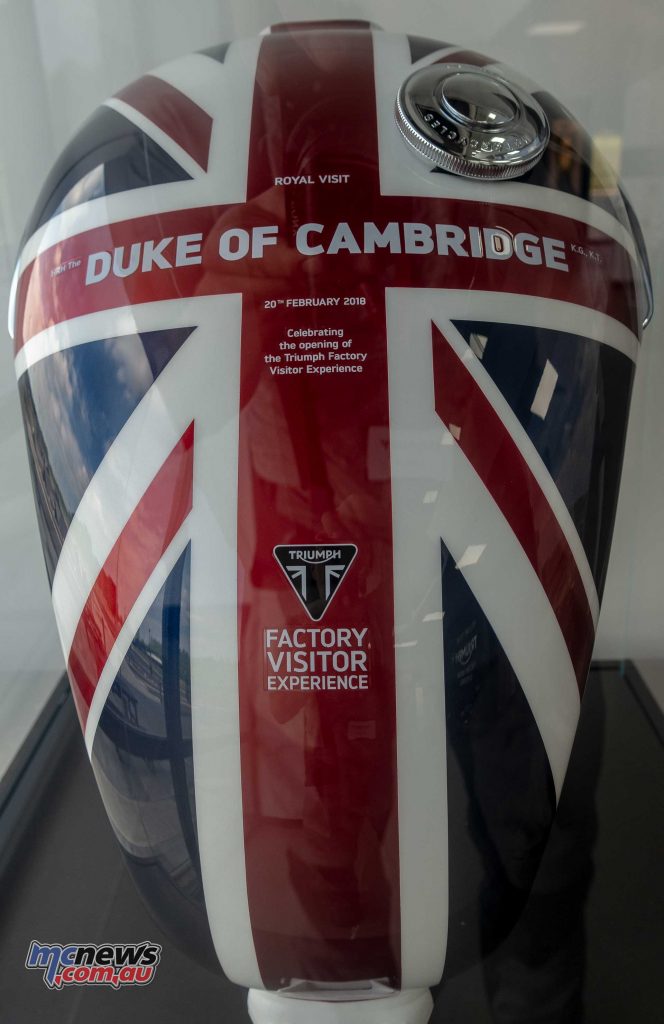
Check out my story on the Triumph Factory Visitor Experience that was officially opened by Prince William in 2018. (Link)
